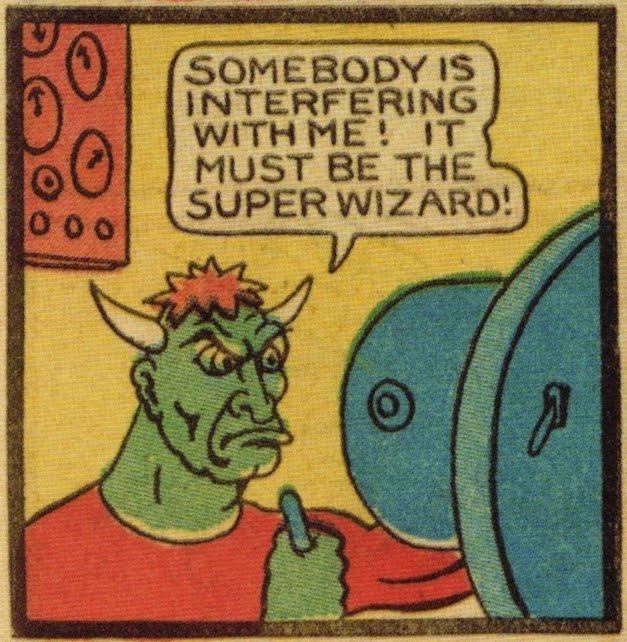“Ambient backscatter” might sound like an experimental music genre, but it’s actually a groundbreaking method of networking developed by researchers at the University of Washington. Bringing us one step closer to an Internet of Things reality, the technology allows devices to communicate with one another wirelessly and with no batteries. Instead of creating their own signals, ambient backscatter devices essentially freeload off existing signals from radio, TV, cellular, and Wi-Fi networks, which invisibly blanket much of the earth. It’s a bit like stealing your neighbor’s unlocked Wi-Fi, except on a much grander scale.Might 30 years of destroying someone's land cost money?
Vamsi Talla, one of the University of Washington developers, spoke to Co.Design about the advantages of ambient backscatter. “We started out by looking at the problems faced by today’s sensing and computation devices. As an example, use of Wi-Fi on phones or GPS on wearable devices, such as Google Glass, consumes large amounts of power and drains the battery,” he says. And traditional radio communication requires the expensive generation of radio signals. Talla's team wanted to explore more power-efficient means of communication, and realized that they could just leverage the wireless signals already surrounding us instead of making more.
The trial is the latest chapter in a dispute over environmental contamination between 1964 and 1992 at an oil field in northeastern Ecuador operated by Texaco, which Chevron bought in 2001.Hannah Price:
Chevron says Texaco cleaned up its share of waste before turning the field over to state-owned Petroecuador. But in 2011, an Ecuadorean court awarded $18 billion to people from the village of Lago Agrio, which was affected by the pollution. The court subsequently increased the award to $19 billion to cover fees.
This project is a work in progress documenting a part of my life as an African-Mexican-American, transitioning from suburban Colorado to consistently being harassed on the streets of Philadelphia. These images are a response to my subjects looking at me, and myself as an artist looking back.

Via:

Sarah Palin, will you join my sense of humour in wedded bliss?
Somehow a guy from Microsoft writes a parable about scalability and engineering and the first paragraph of the PDF goes like this:
According to my dad, flying in airplanes used to be fun. You could smoke on the plane, and smoking was actually good for you. Everybody was attractive, and there were no fees for anything, and there was so much legroom that you could orient your body parts in arbitrary and profane directions without bothering anyone, and you could eat caviar and manatee steak as you were showered with piles of money that were personally distributed by JFK and The Beach Boys. Times were good, assuming that you were a white man in the advertising business, WHICH MY FATHER WAS NOT SO PERHAPS I SHOULD ASK HIM SOME FOLLOW-UP QUESTIONS BUT I DIGRESS. The point is that flying in airplanes used to be fun, but now it resembles a dystopian bin-packing problem in which humans, carry-on luggage, and five dollar peanut bags compete for real estate while crying children materialize from the ether and make obscure demands in unintelligible, Wookie-like languages while you fantasize about who you won’t be helping when the oxygen masks descend.And it continues that way.
From the Style section of The Washington Post:
Guantanamo Bay prison camp still at work on its image
By Billy Kenber, Published: October 13
GUANTANAMO BAY, CUBA — Weeds now grow where nearly two dozen kneeling and blindfolded men in orange jumpsuits were photographed as guards in fatigues looked on.
It’s been more than a decade since these iconic images of the first detainees at the U.S. Naval Base in Guantanamo Bay were taken, but for many they continue to define this barren outcrop on the eastern tip of Cuba.
“It’s as frustrating as complaining about the weather,” says Navy Capt. Robert Durand.


2 comments:
Wookiee.
This weather sucks.
~
Post a Comment